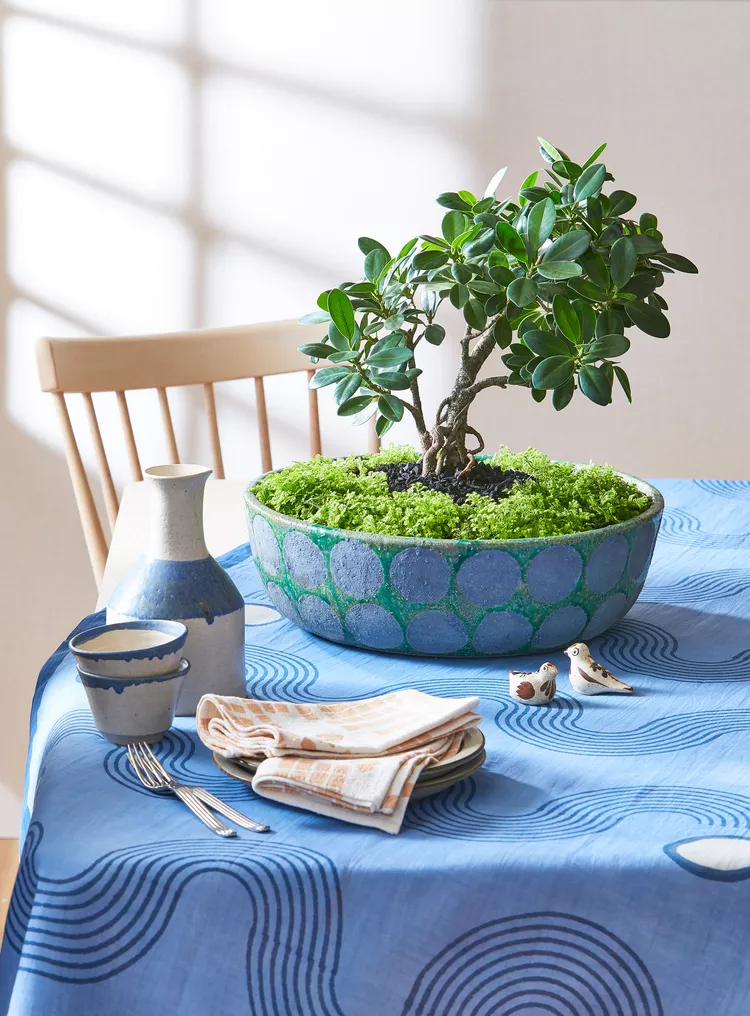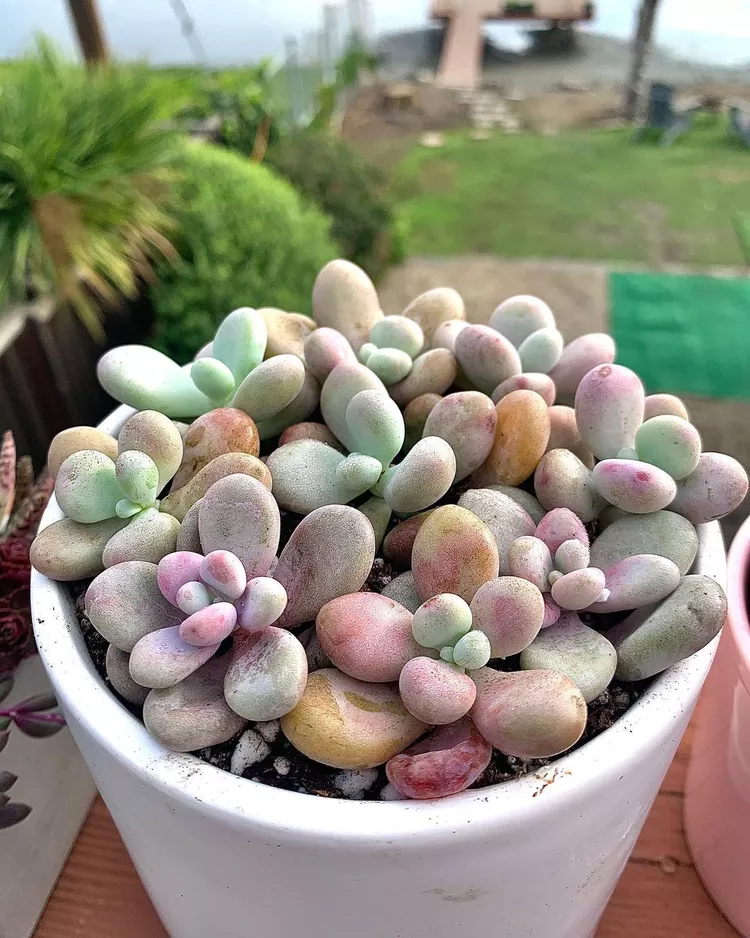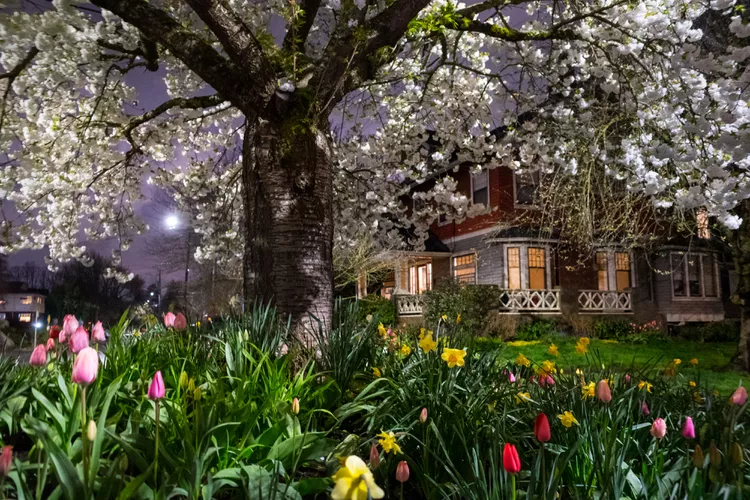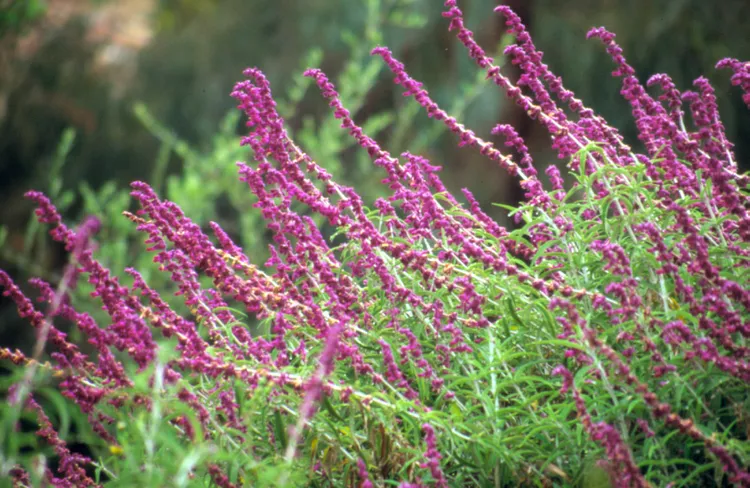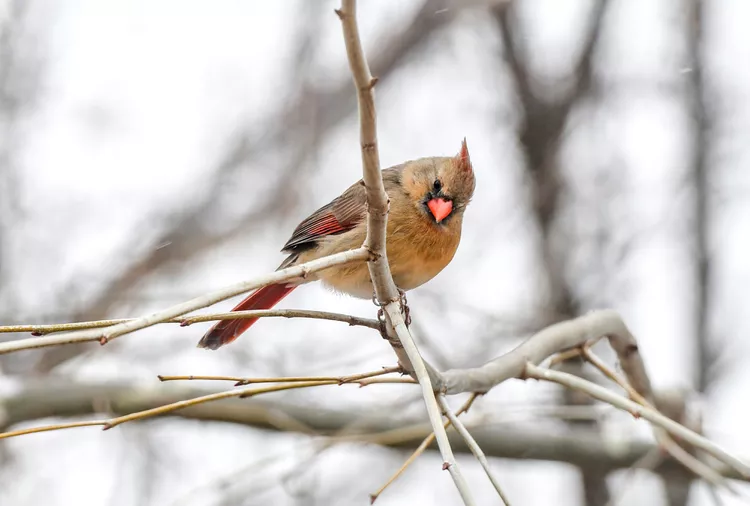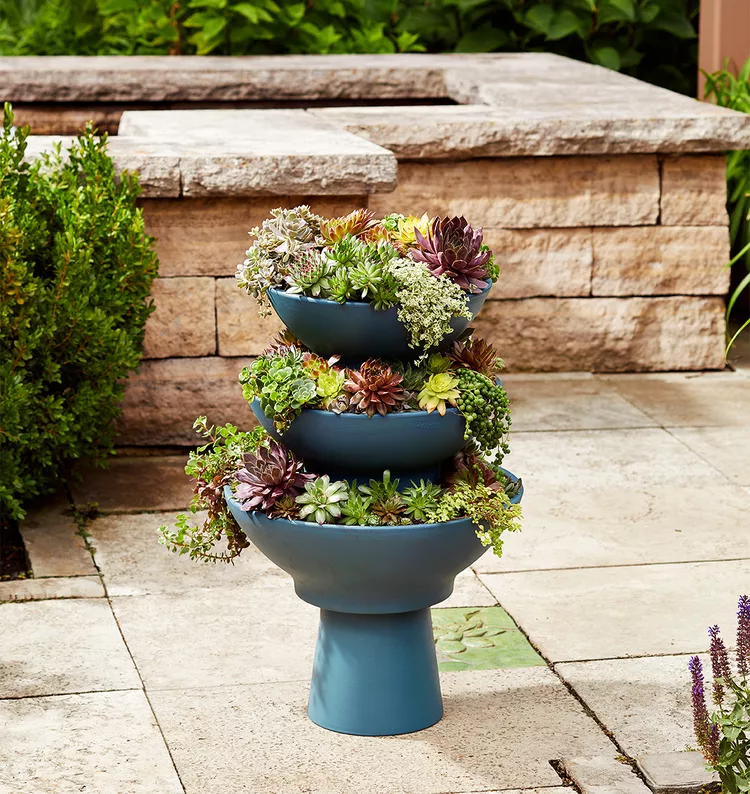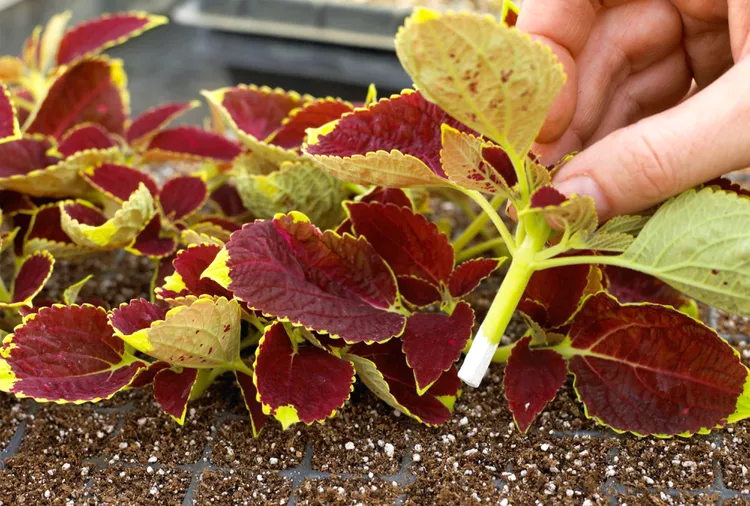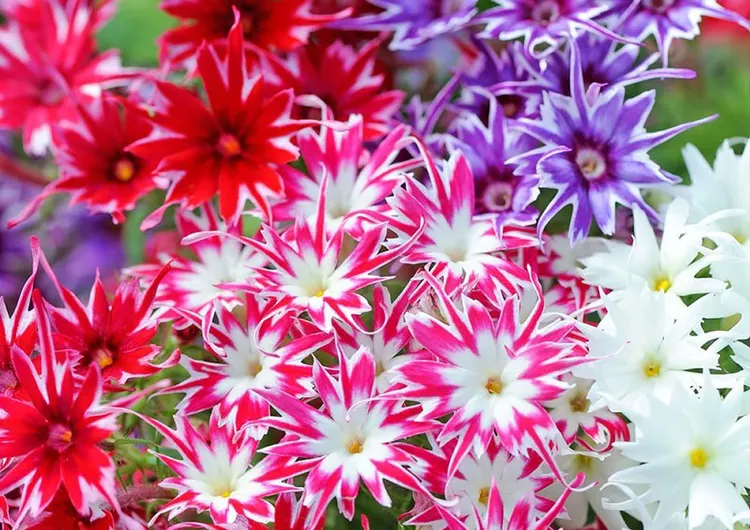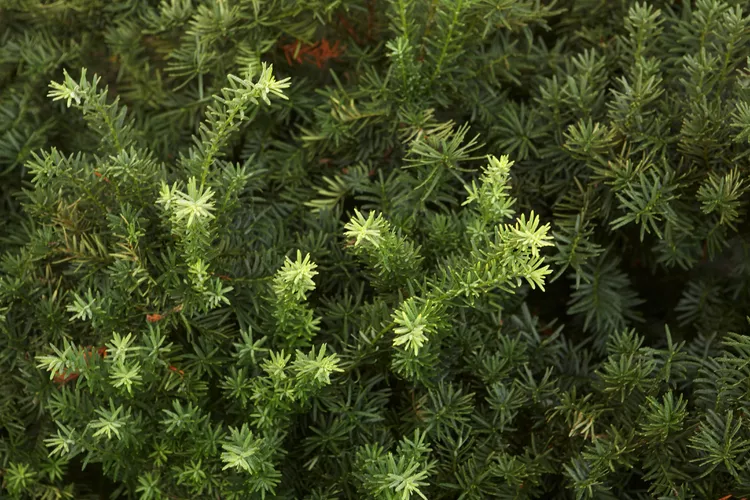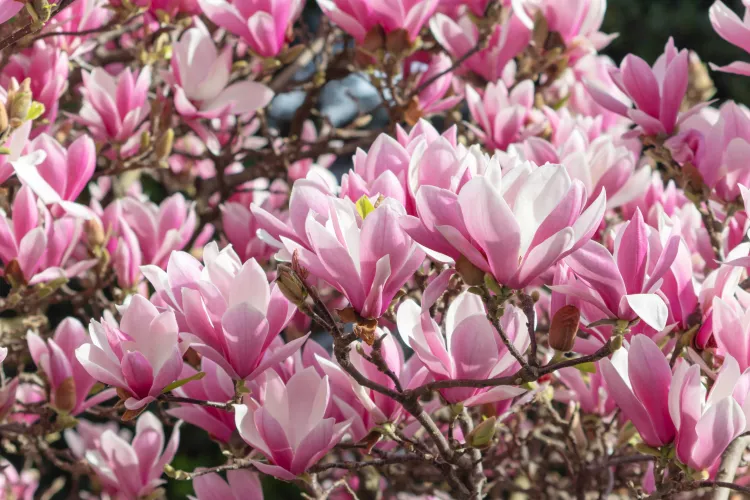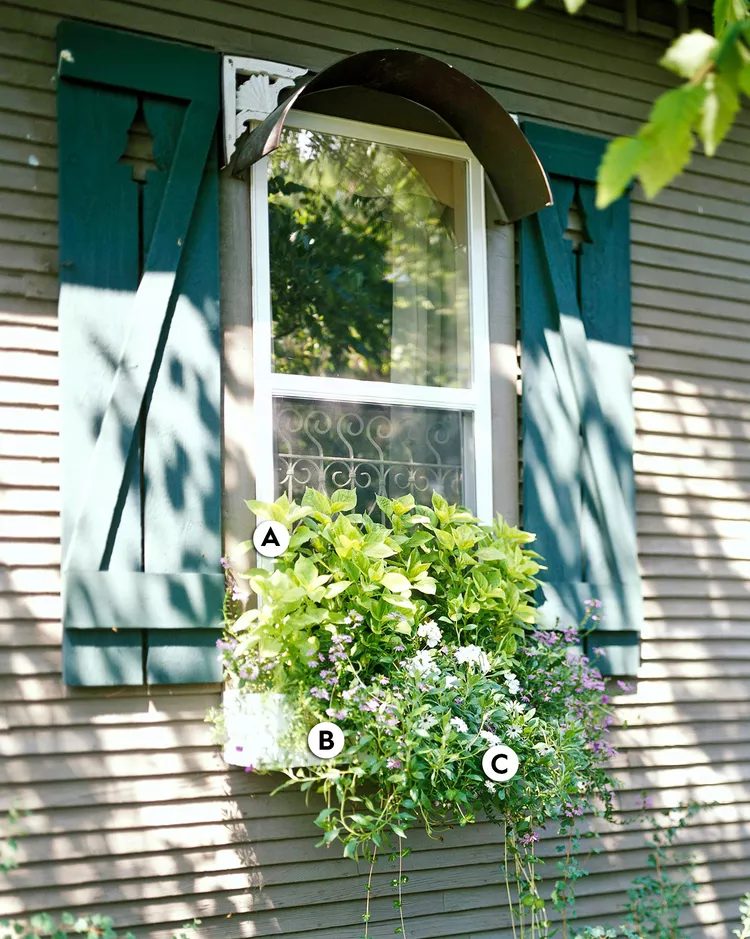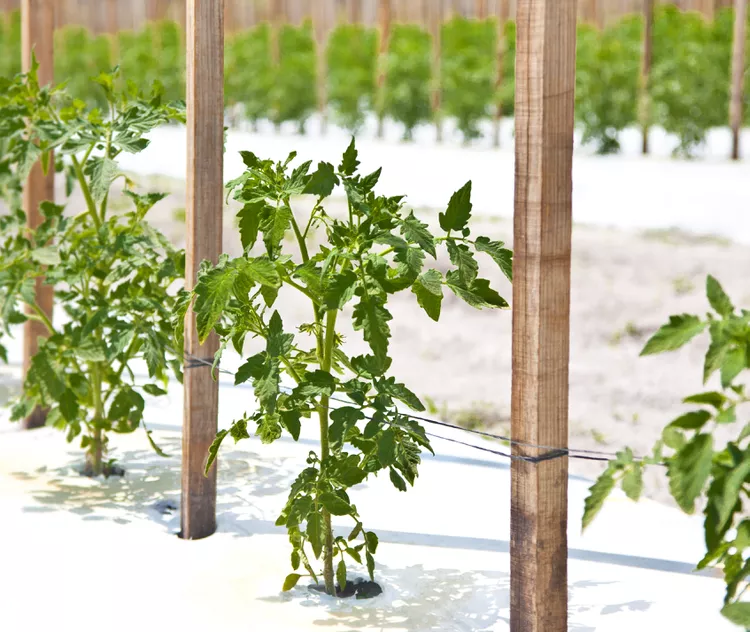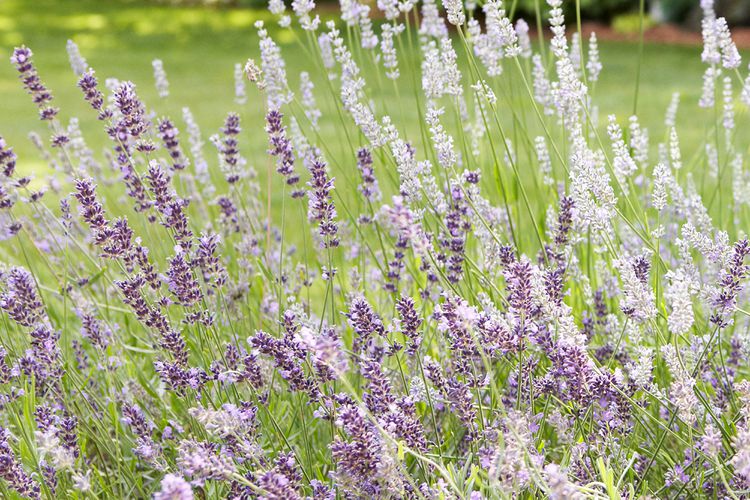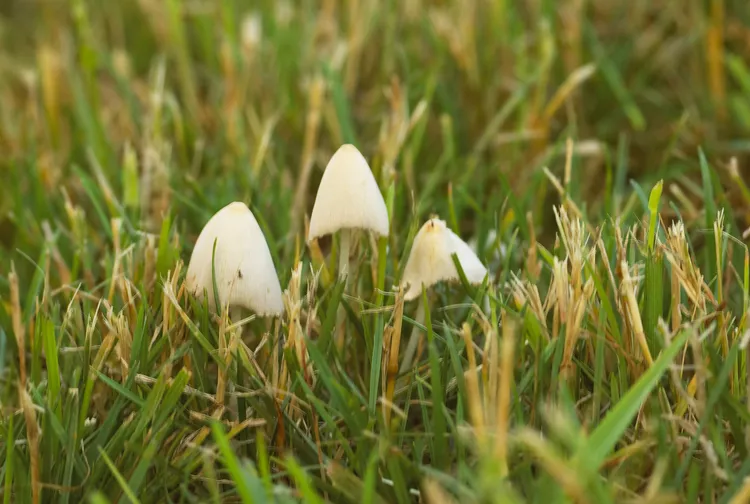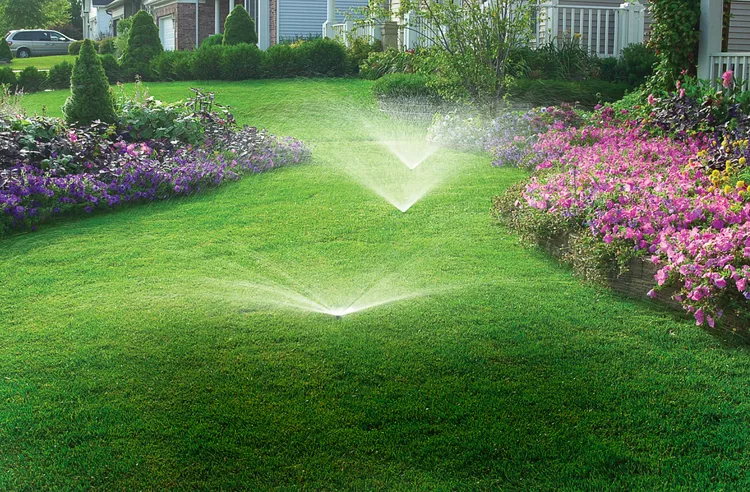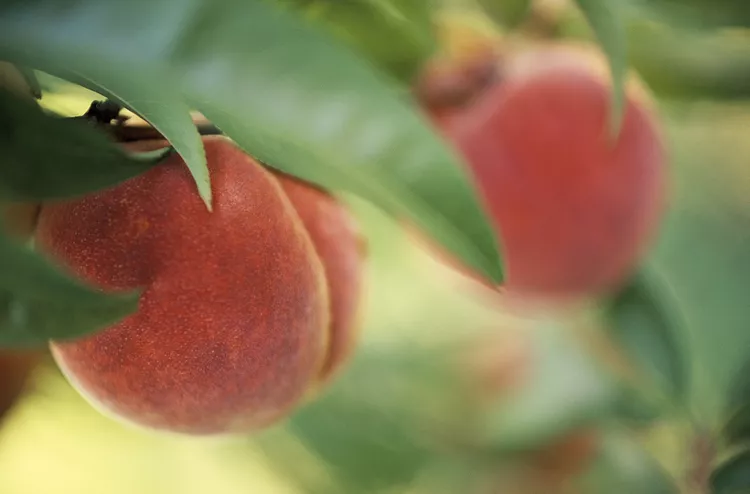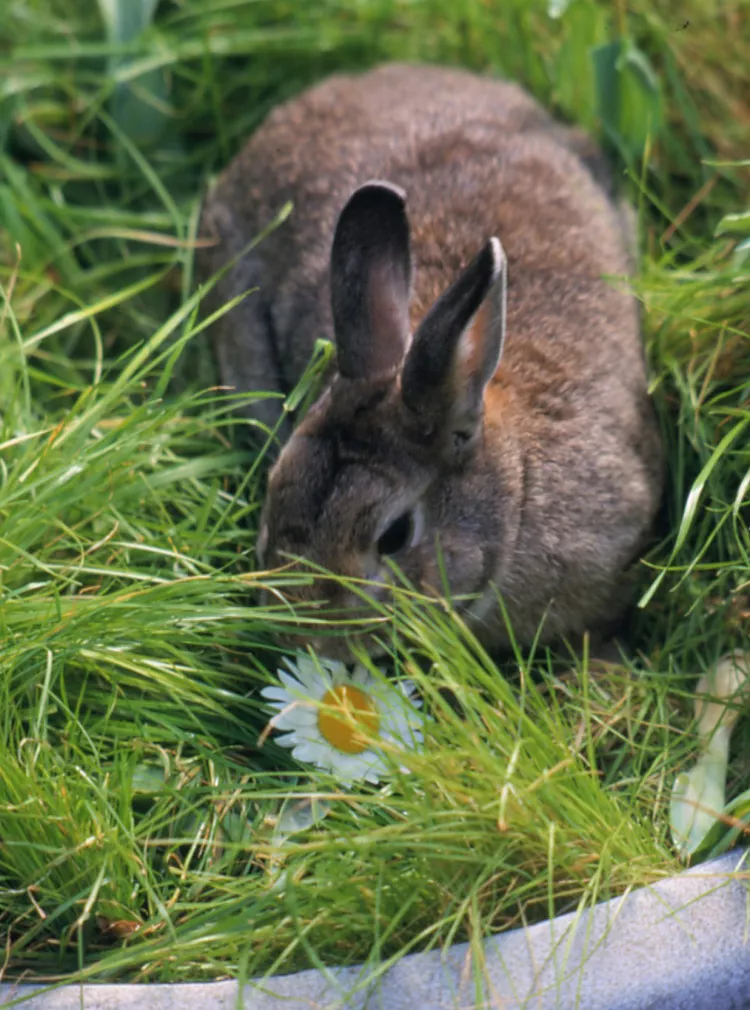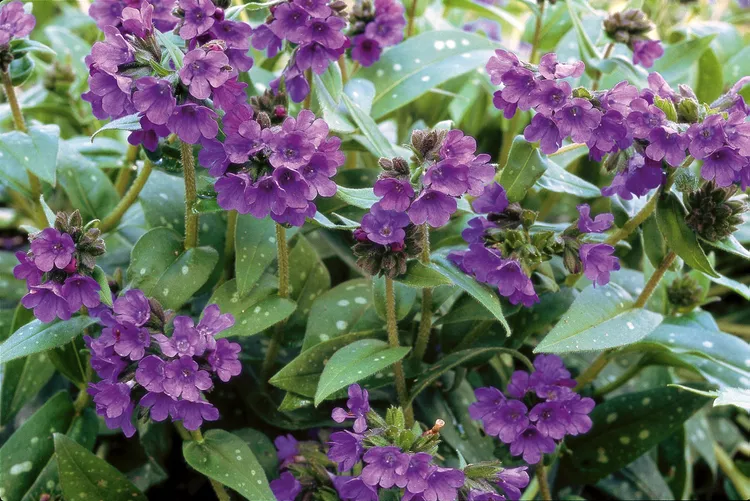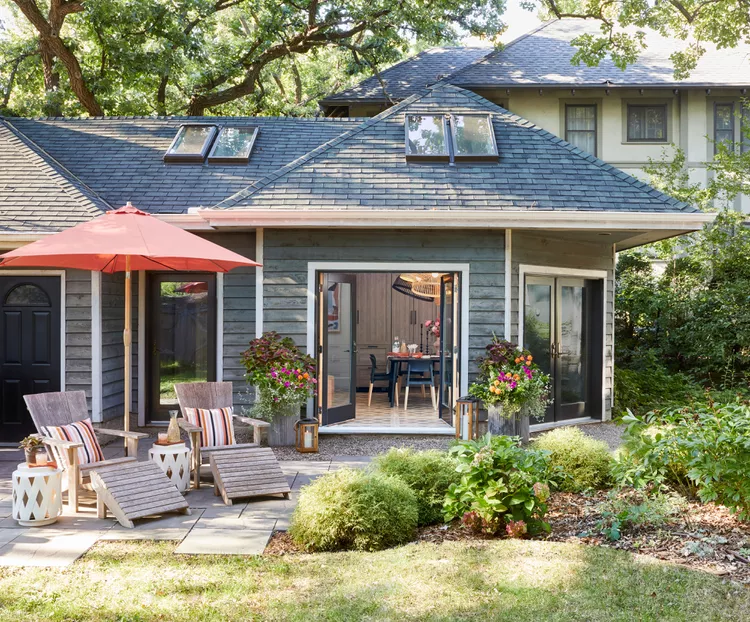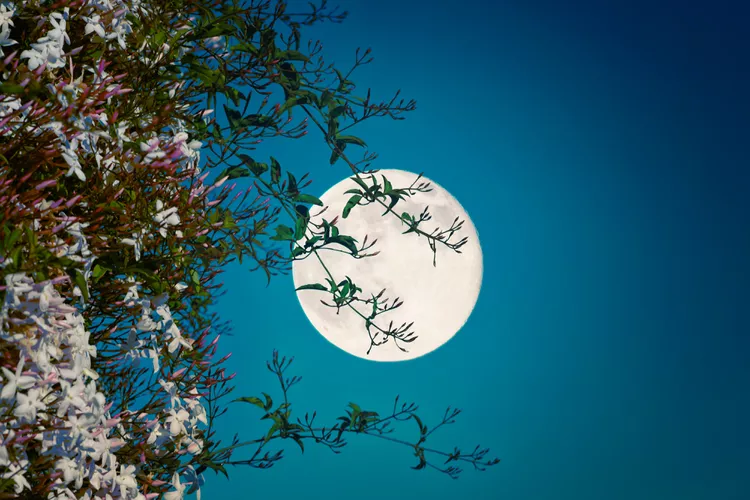As a beginner, you may be wondering about the best bonsai tree types to start your mini masterpiece. Lots of tree species can be used for bonsai, but some are easier to prune and train than others. And some are more suitable for either outdoor or indoor bonsai. This guide will walk you through seven of the most bonsai-friendly plant species that can be sculpted into tiny landscapes in only a few months. Learn the ins and outs of caring for bonsai with one of these easy-to-grow plants.
Bonsai Tree Basics
The Japanese word "bonsai" (pronounced "bone-sigh") translates to “plant in a pot.” If you’ve been to an exhibit of this Asian art, you may have been awed to see 100-year-old, meticulously manicured “plants in a pot.” But even beginners can successfully create their own bonsai with the right tree and a few simple techniques.
Bonsai tree species are not dwarf or miniature plants; they are traditionally developing species whose root systems have been restricted, which stunts their top growth; the tree becomes a miniature representation of its relatives in nature.
For example, a Japanese maple can grow up to 30 feet tall in a landscape, but when grown in a tiny pot and pruned and trained in specific ways, it can be maintained at only 2 feet tall for hundreds of years. Woody plants, like Japanese maple and junipers, are commonly grown as bonsai, but many houseplants can also be trained as bonsai.
Outdoor vs. Indoor Bonsai Tree Types
Before choosing a bonsai tree type, decide where you want it to grow. Find a home for bonsai anywhere from a tiny balcony to a suburban landscape to the coffee table in your living room. Some bonsai species thrive outdoors year-round, while others originate in the tropics and must be grown indoors during the winter.
The best bonsai species to grow outdoors year-round are likely growing in your local area. Juniper, pine, and spruce are all common landscape trees or shrubs that can be sculpted into bonsai when grown in a pot and thoughtfully tended. These hardy plants require a winter chilling period to thrive.
Tropical and subtropical bonsai require moderate temperatures and must be grown indoors during cold weather months in most locations. Ficus, jade plant, schefflera, and Chinese elm are popular tropical and subtropical bonsai species. They are often grown outside in summer and then moved indoors when temperatures dip in the fall.
Outdoor Bonsai Trees for Beginners
Count on these hardy plant species to grow well outdoors year-round. They need protection from harsh winter winds and extremely low temperatures. Hardy bonsai are often overwintered in a cold frame or surrounded by an insulating mulch barrier. Like their wild counterparts, they must experience the cold and go into dormancy.
Chinese Elm
The tiny leaves of this Asian native make it a prized bonsai plant. Depending on the climate in which it grows, Chinese elm drops its leaves in the fall or holds them until spring, when they fall to make way for new foliage.
Growing Conditions: Grow Chinese elm in full sun or part shade. It can be overwintered outdoors or brought into a cold but frost-free room. Grow Chinese elm outside in summer.
Watering: Water Chinese elm when the soil is dry to the touch. Be mindful to water as soon as the soil is dry, saturating the entire root ball. Also, good drainage is key to longevity; ensure excess water can freely drain away from the root zone.
Pruning Tips: Frequent pruning is necessary to create a strong network of fine branches. Plan to trim this bonsai tree type every few weeks. Chinese elm benefits from wiring to create contorted and intriguing forms.
Juniper
Juniper trees and shrubs are evergreen plants. Their medium green to dark green foliage often turns bronze or purple when exposed to cold temperatures. Count on the foliage to turn green again in spring. Junipers grow fast and tolerate heavy pruning well. Young juniper stems are often wired to create a striking silhouette.
Growing Conditions: Grow juniper outside year-round in bright light. It grows best in morning sun and afternoon dappled light. In hot regions, provide plants with afternoon shade for best growth.
Watering: Juniper grows well in soil that is allowed to dry out slightly between waterings. Check the soil moisture before watering. In areas with high heat and low humidity, mist plants regularly to encourage healthy growth.
Pruning Tips: Juniper tolerates aggressive pruning well, however, juniper doesn’t bud from bare stems, so don’t remove all the foliage from the branches you want to maintain.
Pine
Often regarded as the most authentic bonsai tree species, pines are needled evergreens. Japanese black pine and Japanese red pine are both popular for bonsai plants, as are Scots, Austrian, and bristlecone pines. Although they are all pines, each type has a unique appearance and form when trained as a bonsai. Choose a pine species that is hardy in your region for the easiest care.
Growing Conditions: Grow pine where it receives at least eight hours of direct sunlight daily. Pine tolerates heat and cold well but might require protection in winter from harsh winds.
Watering: Good drainage is essential for pine. Be sure the bonsai pot has drainage holes, and plant the pine in a bonsai planting mix. Water when the soil is dry to the touch.
Pruning Tips: Bonsai pines are most often pruned by removing their new growth, called candles, in spring. A second pruning usually occurs in the fall when surplus shoots are removed.
Japanese Maple
Native to Asia, Japanese maple trees have hand-shaped leaves that are beloved for their fiery autumn foliage. The fine-textured leaves have a light and airy appearance that contrasts nicely with the defined trunk and branching on a mature bonsai tree. Japanese maples drop their leaves in the fall.
Growing Conditions: Japanese maples grow best in morning sun and afternoon shade. Place the pot on the east side of a home where it will receive bright morning light and afternoon shade. Protect plants from big temperatures swings in a cold frame in winter.
Watering: Plan to water your Japanese maple bonsai daily during the growing season. Don’t allow the soil to dry out completely, and ensure the root system has adequate drainage so excess water can flow out of the pot.
Pruning Tips: Japanese maple twigs and shoots are pruned year-round to keep the branches small and delicate. Some bonsai growers practice leaf pruning, which involves removing all the leaves from a Japanese maple bonsai early in the season to encourage a new flush of smaller leaves.
Indoor Bonsai Trees for Beginners
Indoor bonsai are often grown indoors in the winter and outdoors in the summer. These tropical and subtropical species thrive in the bright light, heat, humidity, and natural air circulation of an outdoor environment. When cool temperatures arrive in fall, transition them indoors where they can receive bright light from a south- or west-facing window.
Ficus
The most popular indoor bonsai, ficus or weeping fig is widely available at big box stores. Its oval, dark-green leaves are evergreen. Fast-growing ficus is easy to train into the shape you want.
Growing Conditions: Ficus needs bright light to grow well. Place it near a south- or west-facing window indoors. In summer, grow it outdoors, where it will receive at least eight hours of bright light daily. It will grow well outdoors when the temperature is above 60°F.
Watering: Don’t let the soil around the root zone dry out. Water the plant frequently, allowing excess water to drain away. To increase humidity, mist ficus frequently or set it in a pebble tray filled with water.
Pruning Tips: Ficus bonsai grow quickly. Plan to prune every few weeks by cutting back lengthy stems so they have just three leaves.
Jade Plant
A unique small tree with succulent leaves and a soft, woody trunk, jade plant is native to dry regions of South Africa. Its thick trunk, branching habit, and good drought tolerance make it a great bonsai species for beginners.
Growing Conditions: Jade grows best in bright light or full sun when growing outdoors in temperatures above 45°F.
Watering: Water jade lightly when the soil is slightly dry. Because jade leaves store water, this bonsai species doesn’t need as much water as many other species.
Pruning Tips: Every few weeks, prune jade bonsai stems back to two leaves to maintain a tiny, sculpted plant.
Schefflera
Unlike many bonsai species, schefflera can tolerate periods of low light. This makes it a good choice for your space if bright natural light is limited. Schefflera has clusters of umbrella-like leaves on top of thin, woody stems. Search out varieties with two-tone yellow and green leaves for added visual interest.
Growing Conditions: A south- or west-facing window provides ideal light for schefflera, but it tolerates low light in spaces with north- or east-facing windows. It is a forgiving plant species in terms of light.
Watering: Schefflera grows best when its soil is consistently moist but not wet. Water when the soil is just barely dry to the touch. Be sure to allow excess water to freely drain away.
Pruning Tips: Prune schefflera every few weeks to encourage miniature leaves to develop and direct growth. Young shoots are flexible and can be wired to develop a unique shape.
